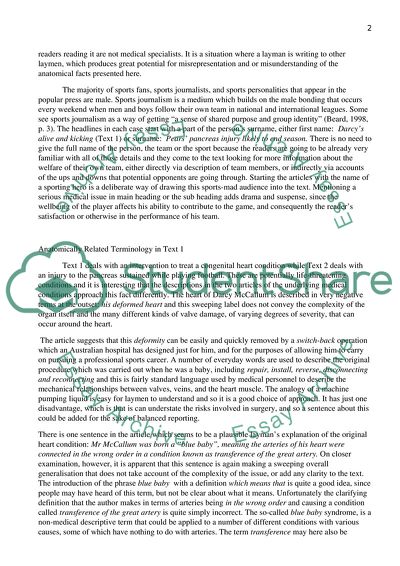Cite this document
(Anatomy Terminology in the Media Case Study Example | Topics and Well Written Essays - 2500 words, n.d.)
Anatomy Terminology in the Media Case Study Example | Topics and Well Written Essays - 2500 words. Retrieved from https://studentshare.org/humanitarian/1740701-critique-two-anatomically-related-news-story-present-an-argued-opinion
Anatomy Terminology in the Media Case Study Example | Topics and Well Written Essays - 2500 words. Retrieved from https://studentshare.org/humanitarian/1740701-critique-two-anatomically-related-news-story-present-an-argued-opinion
(Anatomy Terminology in the Media Case Study Example | Topics and Well Written Essays - 2500 Words)
Anatomy Terminology in the Media Case Study Example | Topics and Well Written Essays - 2500 Words. https://studentshare.org/humanitarian/1740701-critique-two-anatomically-related-news-story-present-an-argued-opinion.
Anatomy Terminology in the Media Case Study Example | Topics and Well Written Essays - 2500 Words. https://studentshare.org/humanitarian/1740701-critique-two-anatomically-related-news-story-present-an-argued-opinion.
“Anatomy Terminology in the Media Case Study Example | Topics and Well Written Essays - 2500 Words”, n.d. https://studentshare.org/humanitarian/1740701-critique-two-anatomically-related-news-story-present-an-argued-opinion.


